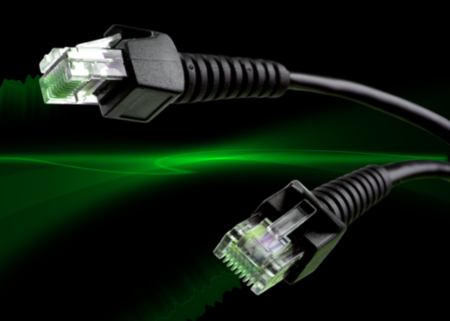For over 100 years North Americans have been used to plugging in electrical devices into an alternating current (AC) wall socket.
But with the creation of Power over Ethernet (PoE) standard some 10 years ago, an increasing number of devices have been getting their power from a cable.
They include network switches, access points, IP phones and security cameras
“UBC is offering its campus as a living lab where we can build things (and) invite other industry stakeholders to test things all based on connected buildings in a community,” said Rick Huijbregts, Cisco Canada’s vice-president for industry and business transformation.
He’s also general manger of the Canadian division’s smart buildings initiative to get Cisco technology into physical infrastructure.
Cisco to partner with Canadian municipal group
“If we crack the nut on making buildings greener and more efficient through the advanced use of technology and the integration of it in buildings systems, we think we can significantly advance and optimize how the grid modernization will work out,” he said.
Cisco is contributing $1 million over five years to the projects.
“We believe there must be ways to generate energy at a DC level without having to convert it from AC, because every time we convert we lose energy,” Huijbregts said.
“If we could capture energy through solar or wind and move it to edge devices – laptops, wall monitors, air conditioners … we’d potentially get completely DC-powered buildings.”
“It will completely change how we deliver and consume electricity in buildings, completely change the electrical profession,” he said, because instead of filling buildings with electrical wire, many devices would use a power over Ethernet infrastructure.
Cisco [Nasdaq:CSCO] makes all sorts of servers, switches and routers that use Ethernet wiring, some of which use PoE. And Cisco’s plan is to use its EnergyWise management software to manage as many IT and physical infrastructure devices as possible.
One goal is to create a campus-wide smart energy system, but it is also to see how many physical infrastructure and IT makers are willing to add the capability to products and if they can agree on a standard.
The number of PoE and DC devices now is relatively limited, compared to the amount of AC-powered machinery.
But Huijbregts said at least one computer maker is coming out with a DC laptop, and there are large LCD monitors that run off PoE.
